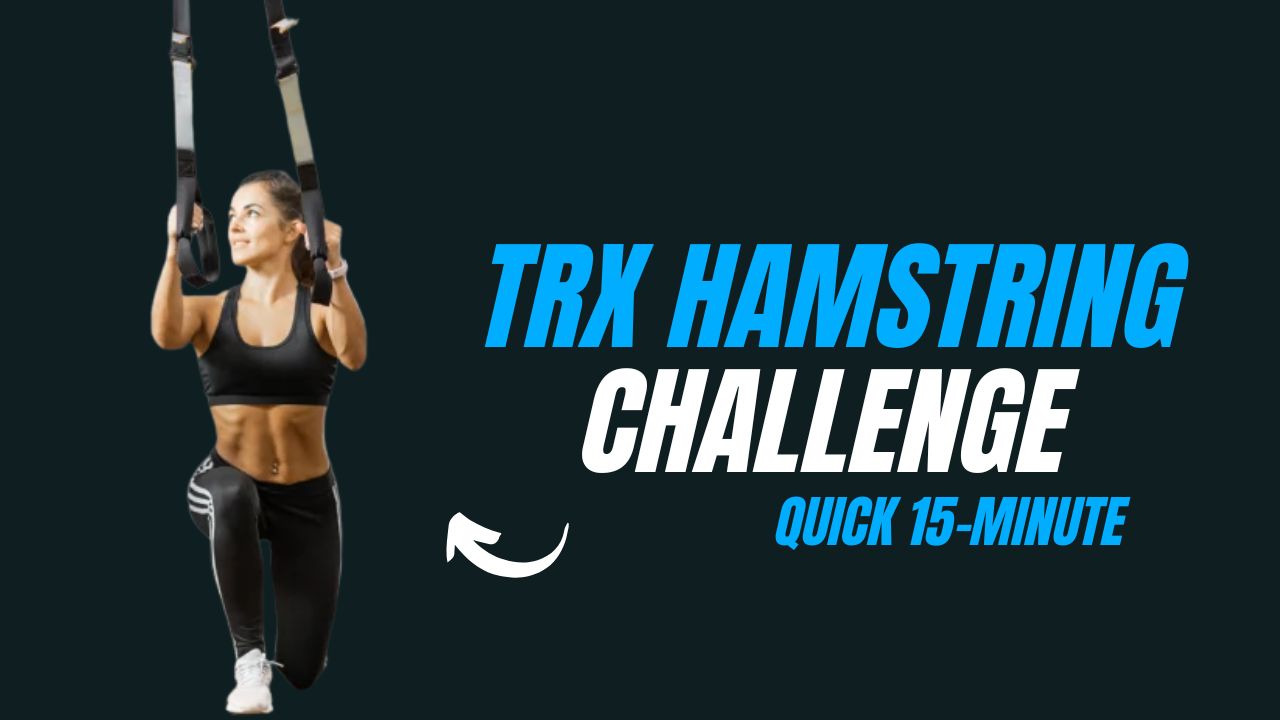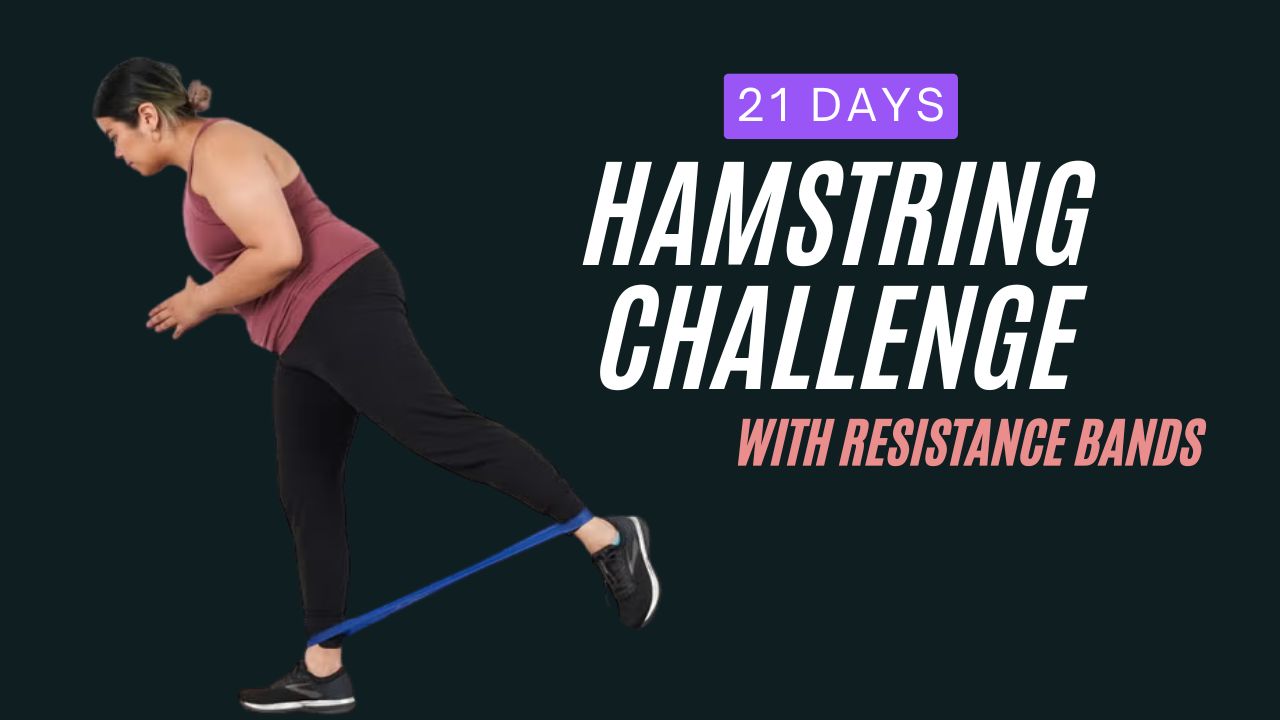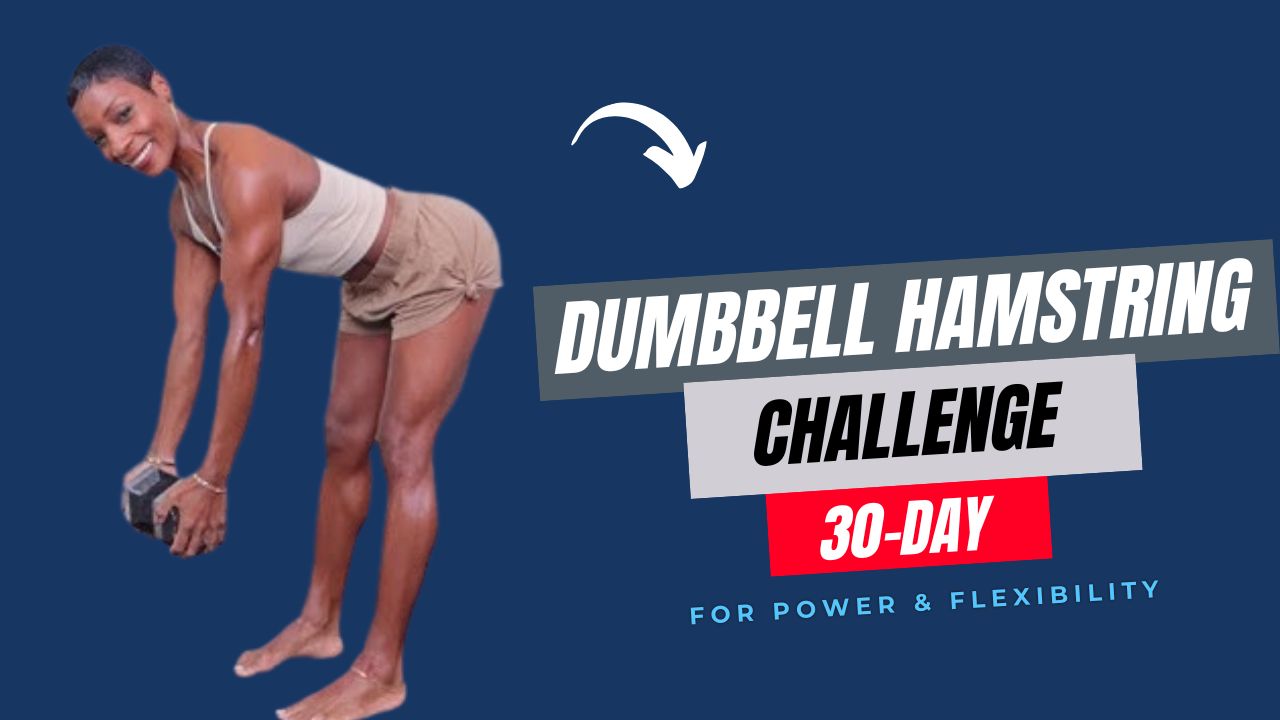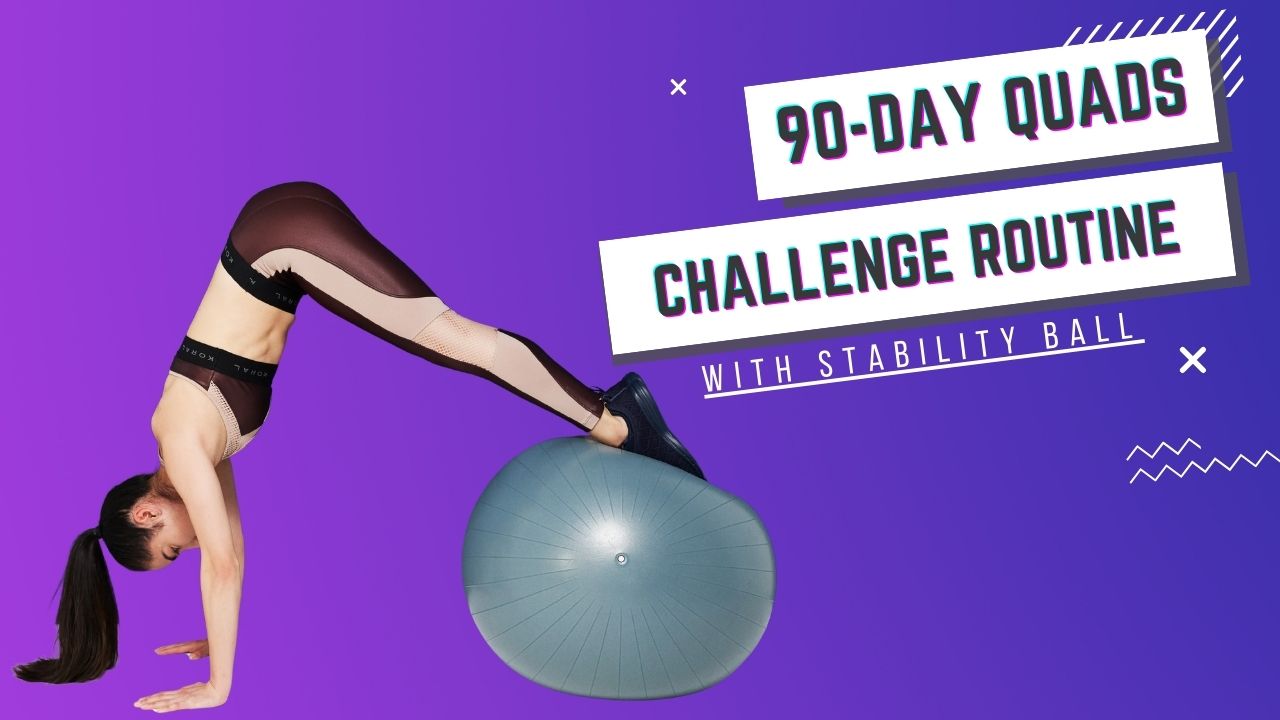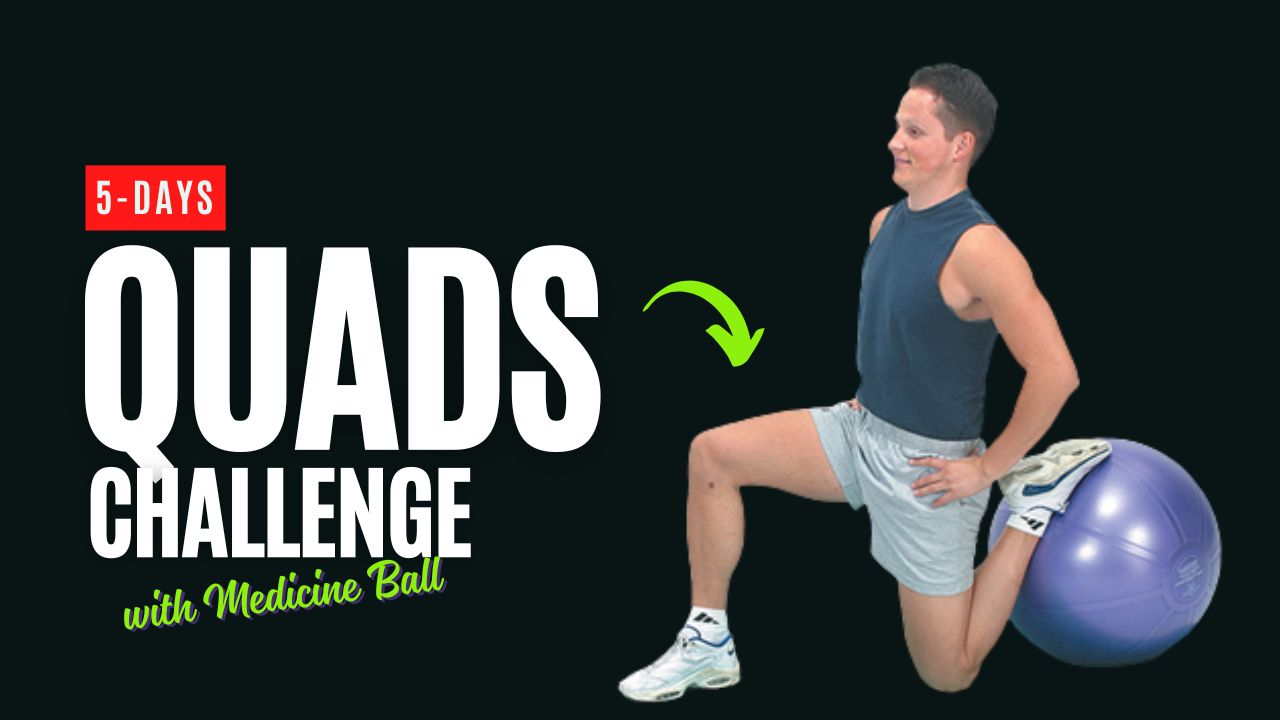Think you can’t work your chest without a bench press or dumbbells? Think again.
Most people associate pull-up bars with back and biceps, but here’s the truth: with the right technique and smart movement variations, a pull-up bar can be a powerful tool for sculpting a defined chest.
Do you know? Some elite calisthenics athletes build remarkable upper bodies without ever stepping foot in a gym. Their secret? Mastering bodyweight exercises—especially on the bar.
In this post, we’ll break down six highly effective chest-focused exercises you can perform using just a pull-up bar.
Whether you’re working out at home or in a minimalist setup, these exercises will challenge your pecs, activate supporting muscles, and boost your upper-body control.
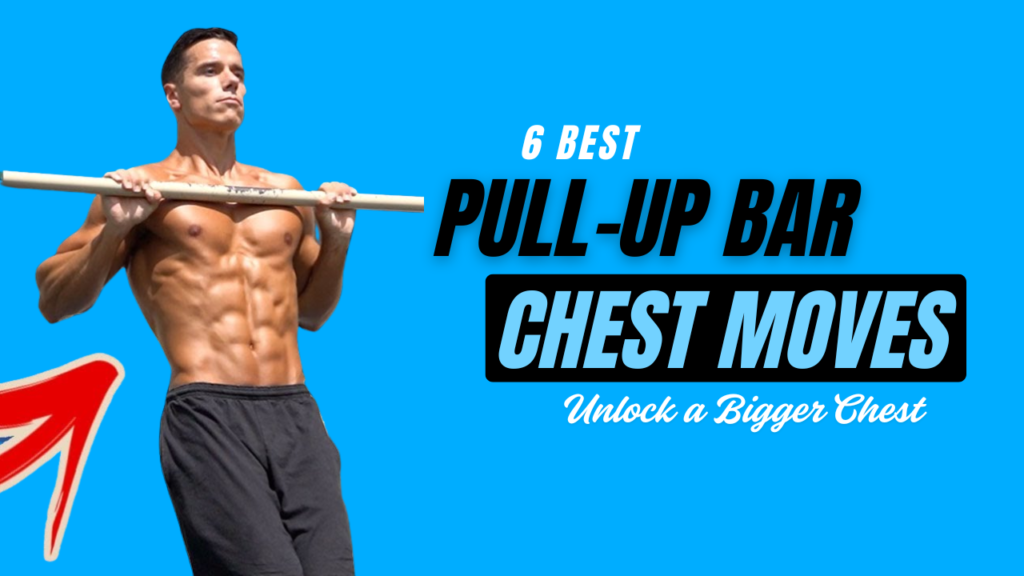
Table of Contents
Why Train Chest on a Pull-Up Bar?
Before diving into the movements, here’s why chest training on a bar is worth your time:
- Engages stabilizer muscles: Unlike machines or supported lifts, pull-up bar movements demand full-body control.
- Improves bodyweight strength: These exercises enhance functional strength with zero equipment.
- Sculpts more than the chest: Shoulders, arms, core—and even posture—benefit from these moves.
- Portable training solution: Great for travelers, home workouts, or anyone without gym access.
Now let’s get into the 6 pull-up bar chest exercises that actually work.
What Can Happen After 30 Days of Pull-Up Bar Chest Exercises
| Positive Changes You May Notice | Explanation |
|---|---|
| Increased Chest Definition | Targeted movements stimulate the pecs, improving muscle tone and shape. |
| Improved Upper Body Strength | Enhanced pulling and pressing ability from isometric and dynamic effort. |
| Better Posture and Core Stability | Core engagement and scapular control lead to better alignment and balance. |
| More Control Over Bodyweight Movements | Enhanced coordination in complex bar movements like typewriters and dips. |
| Reduced Muscle Imbalance | Unilateral and hybrid moves help correct strength differences between sides. |
| Greater Joint and Tendon Resilience | Strengthens supporting muscles around shoulders and elbows when done correctly. |
| Increased Confidence and Motivation | Visible progress in form, reps, and appearance leads to higher motivation. |
Do’s & Don’ts of Pull-Up Bar Chest Training
| Do’s | Don’ts |
|---|---|
| Focus on form over reps—quality activates the chest more effectively. | Don’t rush through movements just to complete reps. |
| Keep your core engaged during all exercises for stability. | Don’t let your lower body swing or go limp during reps. |
| Perform slow negatives (eccentric phase) to boost muscle activation. | Don’t drop quickly from the top position—this reduces chest engagement. |
| Start with assisted variations or holds if you’re a beginner. | Don’t attempt advanced moves without proper strength foundation. |
| Include warm-ups and joint mobility before starting. | Don’t skip warm-ups—it increases the risk of shoulder strain. |
| Use controlled breathing—exhale during exertion, inhale on release. | Don’t hold your breath during reps; it can lead to fatigue or dizziness. |
| Train consistently, 2–3 times per week with rest days. | Don’t train chest daily—it prevents proper recovery and growth. |
6 Best Pull-Up Bar Chest Moves
1. Typewriter Pull-Ups
How to Do It:
- Grab the bar with a wide overhand grip.
- Pull yourself up until your chest reaches the bar.
- Shift your body weight slowly to the right, then glide across to the left—like a typewriter carriage.
- Lower down slowly and repeat.
What It Targets:
- Chest (especially inner and upper)
- Shoulders
- Lats and biceps
Pro Tip:
Keep your chest close to the bar throughout to emphasize chest tension. The side-to-side movement mimics a “pressing” action across the pecs.
2. Archer Pull-Ups
How to Do It:
- Start with a wide grip.
- Pull up toward one side, extending the opposite arm straight.
- Lower yourself and repeat on the other side.
What It Targets:
- One side of the chest per rep
- Builds unilateral control and balance
- Shoulder and upper-arm stability
Myth Buster:
Many believe you need symmetry in every rep. However, unbalanced exercises like these train your weak side independently, avoiding strength imbalances.
3. Chest-to-Bar Pull-Ups (With Lean)
How to Do It:
- Grab the bar just wider than shoulder-width.
- Pull your torso up while leaning back slightly.
- Drive your chest toward and slightly above the bar.
- Lower with control.
What It Targets:
- Mid to upper chest
- Rhomboids and rear delts
- Builds bar control and explosive strength
Fact:
Leaning back recruits more of the chest compared to strict vertical pulls that favor the lats. Think of this as a chest-focused row in pull-up form.
4. Dip-to-Pull Hybrid (Bar Version)
How to Do It:
- Start in a top pull-up position.
- Lean forward over the bar and push your torso down like a dip.
- Reverse back to the pull-up position.
- Repeat in a fluid motion.
What It Targets:
- Lower and inner chest
- Triceps and shoulders
- Core engagement for body control
Tip:
This hybrid mimics a straight bar dip but blends pulling and pushing motions—great for building complete upper body strength.
5. Straight Bar Dips
How to Do It:
- Jump or pull yourself to the top of the bar (arms locked out, behind your hips).
- Lean forward and lower your chest toward the bar.
- Press back up while keeping elbows tucked.
What It Targets:
- Chest (especially lower)
- Triceps and anterior deltoids
Caution:
Avoid flaring the elbows out too much to protect your shoulders. Keep the chest over the bar to maintain the pec focus.
6. Wide-Grip Isometric Holds (Chest Activation)
How to Do It:
- Get into a wide pull-up grip.
- Pull halfway up and hold for 10–20 seconds.
- Focus on squeezing your pecs together throughout the hold.
What It Targets:
- Isometric chest strength
- Endurance and muscle time-under-tension
Pro Insight:
Isometric holds create deep activation in the muscle fibers, especially in the inner chest, where growth is often hard to achieve through traditional lifts.
Programming Tips: How to Use These in Your Workout
- Beginners: Start with 2–3 exercises per session, 3 sets of 4–6 reps.
- Intermediate/Advanced: Use 4–5 variations in a circuit, or focus on slow, controlled reps with 5–10 second eccentric phases.
- Pair with: Push-up variations, static holds, or core work for full upper body development.
Final Thoughts
Chest training on a pull-up bar isn’t a gimmick—it’s a serious way to develop strength, definition, and muscular control.
These 6 exercises prove that with creativity and bodyweight mastery, you can build a strong, sculpted chest using nothing more than a horizontal bar.
Remember: Progress in calisthenics comes from consistency and control—not just reps. Start incorporating these into your routine and unlock a new dimension of chest training.
Frequently Asked Questions (FAQs)
Can pull-up bars really build chest muscles?
Yes, with the right movements and form, pull-up bars can effectively engage and develop the chest—especially the upper and inner chest areas. Exercises like typewriter pull-ups, archer pull-ups, and bar dips are designed to activate the chest in dynamic and static ways.
Are these exercises suitable for beginners?
Some exercises like wide-grip holds and chest-to-bar pull-ups can be modified for beginners. However, movements like typewriter or archer pull-ups may require a basic level of upper body strength first. Start slow, master the form, and build up progressively.
How often should I train chest using a pull-up bar?
2–3 times per week is optimal for most people. Allow at least 48 hours of recovery between chest-focused sessions to promote muscle growth and avoid overtraining.
Do I need any equipment besides a pull-up bar?
Not necessarily. A sturdy pull-up bar is the only equipment required. However, adding resistance bands or weighted vests can help you scale the intensity if needed.
Are straight bar dips better than parallel bar dips for chest?
Straight bar dips place more emphasis on the chest (especially the inner and lower areas), while parallel bar dips involve more triceps and shoulders. Both are effective, but for chest development on a bar, straight bar dips are more direct.
Can I do these exercises daily?
It’s not recommended to train the same muscle group intensely every day. Muscles grow during recovery, so giving at least one rest day between sessions is crucial for gains and injury prevention.
How long does it take to see results?
With consistent training (2–3 times per week), proper nutrition, and progressive overload, visible results can begin in 4–6 weeks. However, strength and endurance improvements often come sooner.





